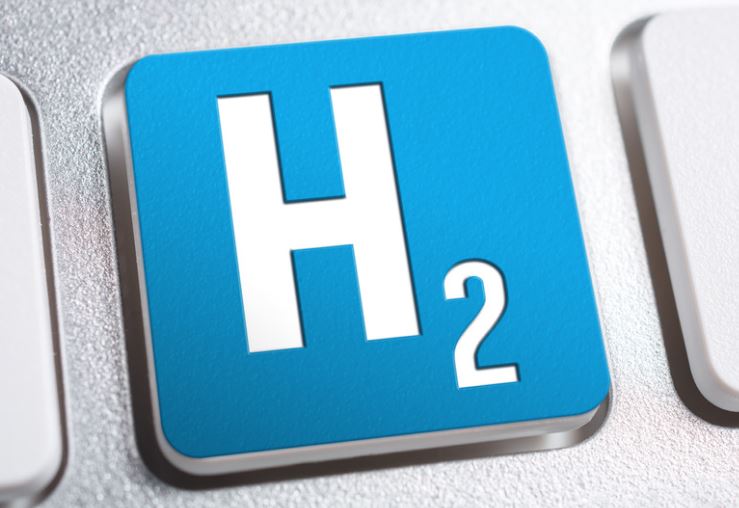Europe’s ambition to lead the green hydrogen transition is unraveling, with industry analysts now projecting that only 12 GW of hydrogen production capacity—just a fifth of the 2030 target—may be delivered by the end of the decade.
As capital retreats and buyers hesitate, the green hydrogen sector is entering what some industry insiders call a “valley of disillusionment.” This shift is not limited to the EU. Across Australia, Asia, and North America, major projects have been cancelled or indefinitely delayed. Despite €400 million in subsidies in Spain and Portugal, Portuguese utility EDP is unable to proceed with multiple hydrogen ventures due to the absence of off-takers. “What’s missing is the demand,” said EDP CEO Miguel Stilwell d’Andrade. The company’s hydrogen lead, Ana Quelhas, confirmed several advanced-stage projects have stalled due to this gap.
Spain’s Iberdrola, similarly, has paused plans to scale its 20 MW electrolyser facility, citing the same lack of buyers. These are not isolated cases: over 20% of hydrogen projects in Europe were scrapped or postponed by the end of 2023, according to Westwood Global Energy.
Between 2020 and 2021, hydrogen was hailed as a universal decarbonisation solution. Policymakers and investors alike forecast its integration into hard-to-electrify sectors such as steelmaking, long-haul transport, cement, and refining. But reality has diverged sharply from early projections.
Indeed, while green hydrogen is seen as a crucial tool for decarbonisation—produced via electrolysis using renewable electricity—it is still 2–3 times more expensive than natural gas and double the cost of grey hydrogen, which remains dominant in ammonia and refining.
According to Rystad Energy, global low-carbon hydrogen capacity—green and blue combined—stands at just 6 million metric tons per annum (mtpa) under operation or construction. That’s less than 1.5% of the 450 mtpa Wood Mackenzie estimates is necessary by 2050 to achieve global net-zero goals.
Buyers Back Out, Projects Stall
The mismatch between expected demand and market realities is evident on the ground. At Dirostahl, a German forging company reliant on gas-fired furnaces, CEO Roman Diederichs said the switch to hydrogen was untenable.
Infrastructure delays compound the challenge. Hydrogen’s physical properties—requiring high-pressure storage, ultra-low temperatures, and leak-proof systems—make transport complex and costly. While Spain is planning a 2,600 km hydrogen network to connect with the trans-European H2Med corridor, experts like Enagas CEO Arturo Gonzalo warn of multi-year delays.
Facing these realities, governments are adjusting their ambitions. France reduced its 2030 electrolysis targets by over 30%, Portugal by 45%, and Italy has diverted €600 million from hydrogen to biomethane development. The Netherlands also slashed green hydrogen funding in favor of nuclear expansion.
In Australia, despite A$8 billion in pledged government support, Rystad estimates that 99% of A$100 billion in announced hydrogen projects remain stuck at the concept or approval phase.
Stay updated on the latest in energy! Follow us on LinkedIn, Facebook, and X for real-time news and insights. Don’t miss out on exclusive interviews and webinars—subscribe to our YouTube channel today! Join our community and be part of the conversation shaping the future of energy.
